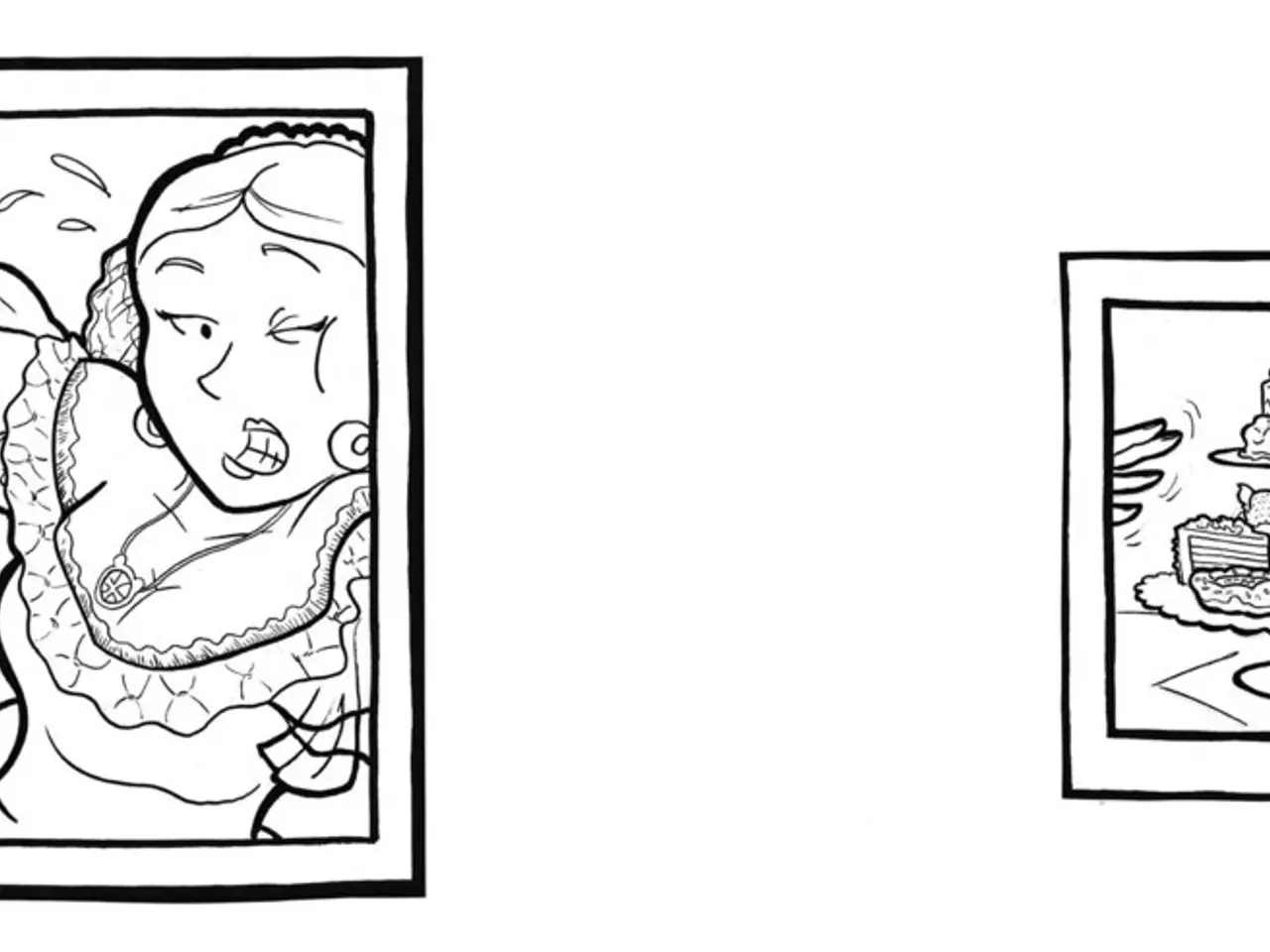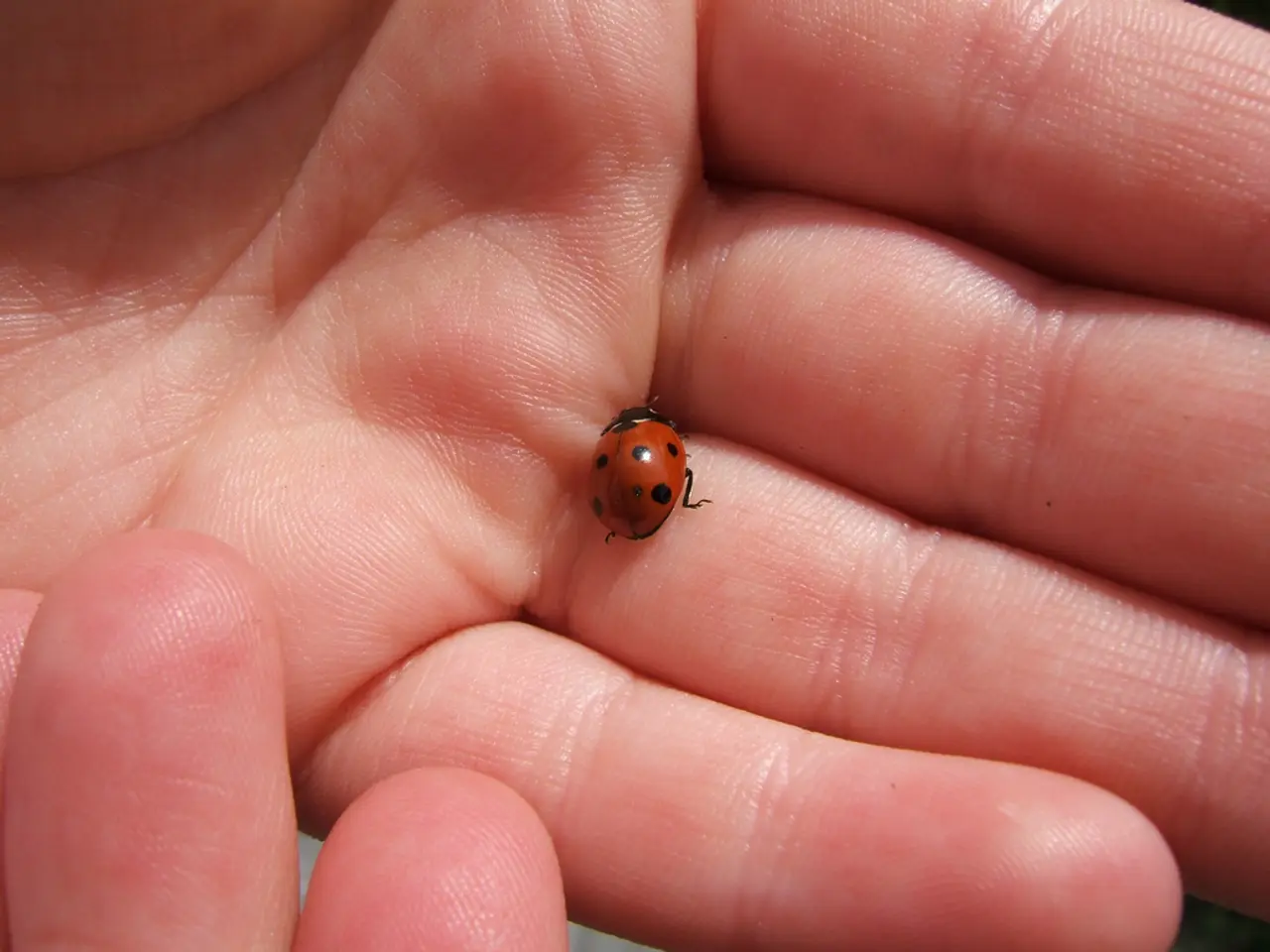Women's Impact on Human Evolution through Food Preparation Techniques
In the heart of South America, the Pumé community, known for their hunter-gatherer lifestyle, face a challenging rainy season. During this time, men often return from hunting and fishing expeditions empty-handed, but the women and young girls have a solution.
The Pumé community, in the llanos of south-central Venezuela, dig up and process thumb-sized tubers, serving as a main food source during the rainy season. The women and children peel, slice, and soak these tubers to neutralize their bitterness, a process that extends their lifespan and allows for storage for later use.
This pattern is not unique to the Pumé. In most temperate and equatorial environments, roots, tubers, seeds, beans, nuts, fruit, and berries are all staples for survival. The food-processing revolution, including pounding, cooking, and mashing, opened humans to a diversity of foods that allowed us to thrive in all of the world's environments.
Anthropologist Sarah Wurz has spent 30 years studying the role of women and children in food procurement and processing in hunter-gatherer and subsistence farming societies. Her research highlights the vital role these groups play in food preparation, a task that often consumes about 20 percent of daylight hours.
The activities of women and children in processing wild plants, seeds, and other gathered foods indicate that their work was essential for subsistence and influenced dietary broadening strategies, often overriding sole reliance on hunting. This pattern is observed ethnographically among contemporary hunter-gatherers, such as the Pumé people, where women account for the majority of hearth-related activities, including food processing.
Historically, food processing technology, such as grinding grains and baking bread, began emerging in Late Pleistocene hunter-gatherer groups like the Natufian culture (~12,500–11,000 BC) in West Asia. These groups developed food storage structures and efficient grinding tools, marking an increase in reliance on processing plant foods like cereals, which suggests proto-agricultural practices.
Despite hunting large and small game, the advancement in food processing by women and children contributed to a gradual evolution from broad-spectrum foraging to more selective gathering and food preparation, setting the stage for sedentism and agriculture.
The evolutionary legacy of food processing has resulted in smaller, more refined teeth, more delicate faces and jaws, and a relatively small gut in humans compared to early Homo ancestors. This shift, driven by the hands of women and children, has played a significant role in human history, shaping our diets, social structures, and ultimately leading to the development of agricultural practices.
References:
- Human Evolution: The Food Processing Revolution
- The Evolution of Food Processing and Dietary Diversification in Hunter-Gatherer Societies
- The Role of Women in Early Human Technology
- Food-Processing-Related Tasks in Hunter-Gatherer Societies: A Cross-Cultural Perspective
Women in the Pumé community, known for their food procurement and processing, play a crucial role in maintaining health-and-wellness during the rainy season. As a result of their processing skills, the Pumé community is able to extend the lifespan of their food sources, such as tubers, and prioritize women's health by providing a balanced diet.
In many subsistence societies, including the Pumé, women's work in processing wild plants and gathered foods has been essential in broadening diets and shaping social structures, leading to the development of more selective food gathering and eventually agriculture. This historical evolution, driven by the hands of women, has significantly impacted human health-and-wellness and women's health specifically.




